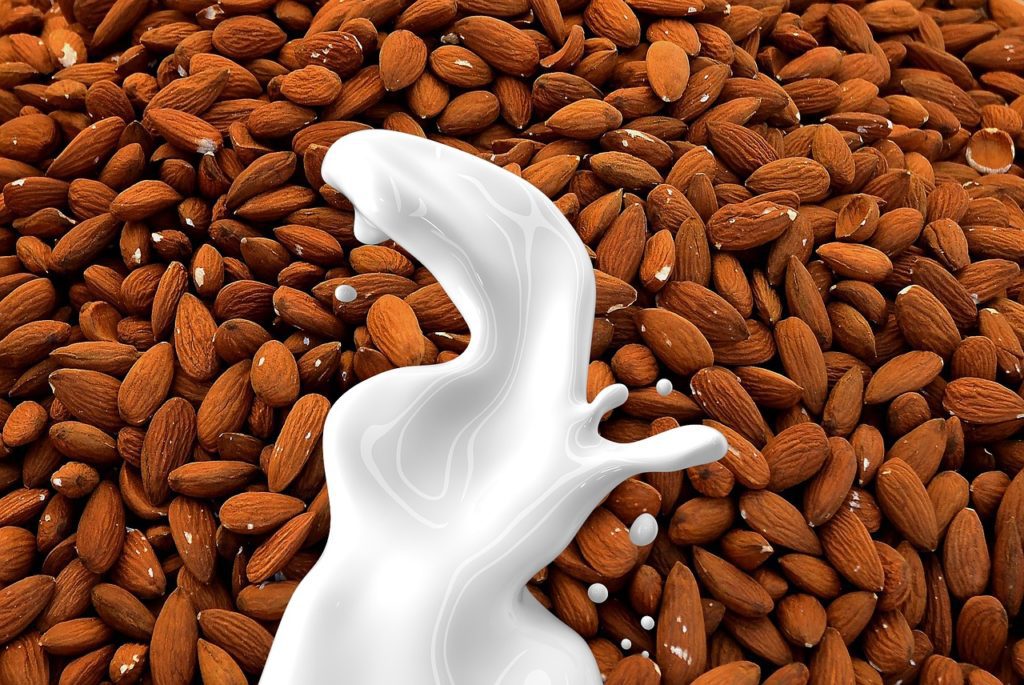Looking to re-MOOve dairy from your diet? Are you exploring a plant-based diet, sensitive to dairy, trying to lose weight? Are you interested in animal welfare? In discovering a new trend? Sales of organic milk are declining and the alternative-milk market is expected to grow by $28 billion over the next four years.
THE PROBLEM WITH COW’S MILK
Plant-based alternatives are growing more popular because some find cow’s milk hard to digest and want to avoid hormones and antibiotics. Dairy is an acidifying food; it leaches alkalizing minerals from your bones as it is metabolized. Additionally, it is known to cause inflammation, since all animal fats contain a pro-inflammatory fatty acid called arachidonic acid.
THE TOP 7 PLANT-BASED MILKS
For those who want or need to stay away from cow’s milk, the good news is that you can do so with a number of nondairy milk alternatives.
Almond Milk. Rich in nutrients such as fiber, vitamin E, magnesium, selenium, manganese, zinc, potassium, iron, phosphorus and calcium.
Soy Milk. Researchers are in conflict over the pluses and minuses of soy. Pros: soy milk is high in protein and low in saturated fat. Cons: soybeans contain high levels of phytic acid, an anti-nutrient compound that inhibits the body’s absorption of essential minerals like calcium, magnesium, iron and zinc and may cause digestive problems.
Cashew Milk. Made by blending water-soaked cashews with water, this is a good source of fiber, antioxidants, copper and magnesium.
Hemp Milk. The mild flavor makes it a good allergen-free option, especially for baking.
Coconut Milk. This milk has natural and creamy thickness. It’s loaded with easily digested, healthy-fat, medium-chain triglycerides (so consume in moderation), potassium and vitamins.
Rice Milk. Upside, it’s the most hypoallergenic of the milk alternatives. It’s free of soy, gluten and nuts. Downside, it has a lower amount of nutrition.
Pea Milk. Made from split peas, it contains iron, vitamin D and omega-3s — and it has as much protein as dairy milk. Ripple Foods’ pea protein-based milk is a fast-growing milk alternative.
HOMEMADE ALMOND MILK
DIY — it’s easy! The creamy, mellow flavor, better quality and absence of extra sugar and preservatives makes it hard to go back to store-bought.
RECIPE STEPS
- Soak 1 cup of almonds in water overnight, then rinse and drain.
- Place in a Vitamix blender with 4 cups of spring water and blend. Optional: For a little sweetness, add a few stone-dried dates, agave nectar, honey or stevia to taste. Adding vanilla and sea salt rounds out the flavor.
- Pour the mixture through a muslin cloth and squeeze, removing the leftover pulp. Refrigerate until chilled.
Shake before serving, since it separates over time. Homemade almond milk only lasts a couple of days in the fridge.
When purchasing nondairy milk from the store, ideally avoid products with labels that list artificial flavors, artificial sweeteners, carrageenan (a polysaccharide that can cause inflammation in the digestive tract) and extra sugar. Stick with organic, non-GMO brands to avoid unnecessary pesticide consumption.
Rebekah Kelley is the creator and founder of Virtue Skinfood, a wholistic luxury skin care line. For details, visit virtueskinfood.com.


